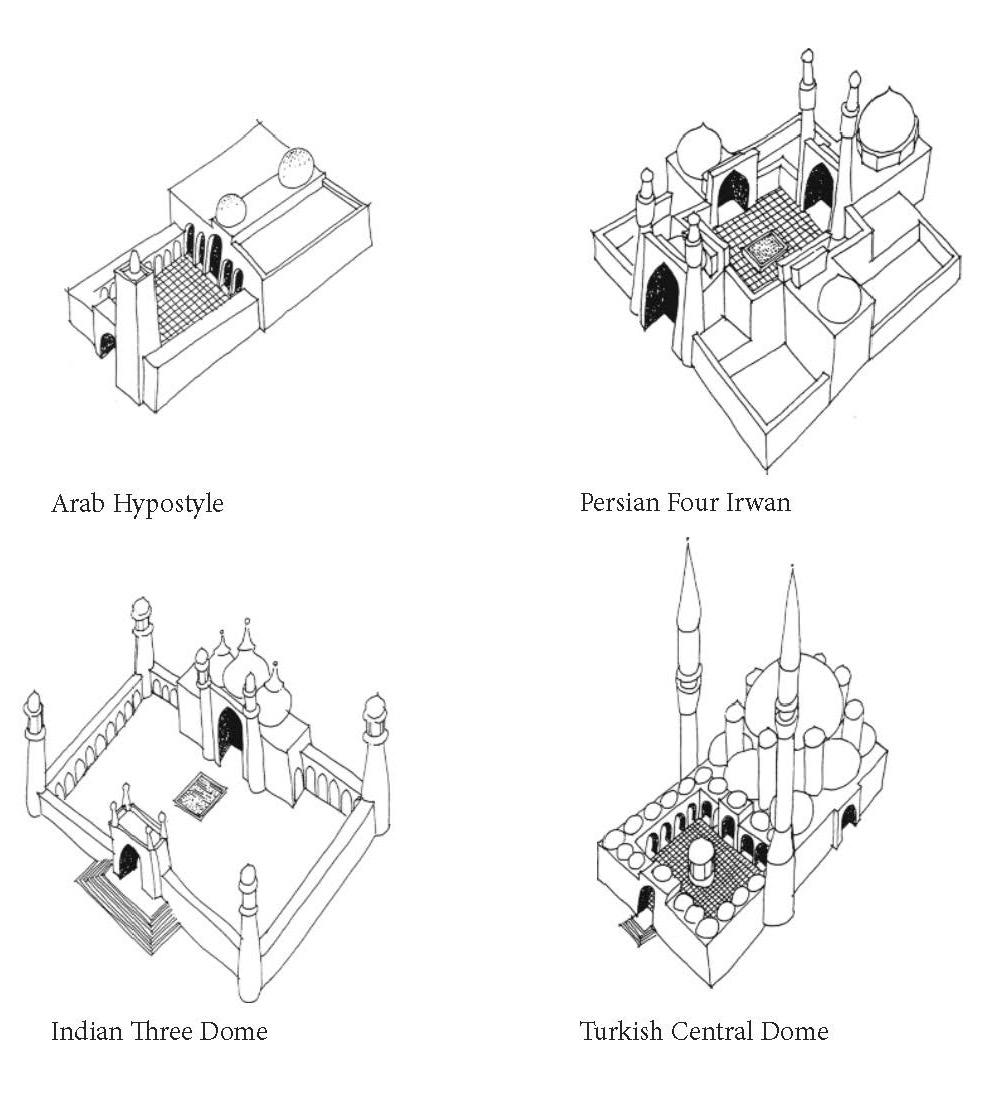
1 minute read
WHAT IS A MOSQUE?
from THE BRITISH MUSLIMS AND THE MOSQUES - An architectural, cultural and theological approach
by abmukadam
“Every Nation has its spiritual shrines, centres of belief - they are centres of national heritage and tradition, focal points for the pride and dignity of a people” (Conti, F. and Creagh, P. 1979, Centres of Belief, p6). For the estimated 1.8 Billion Muslims around the world (almost 25% of the world population), these centres are known as Masjid or a Mosque.
The Arabic word ‘masjid’ translates to a “place of prostration” to God. In literal terms, a mosque refers to a place of worship for Muslims. The act of worship carried out within a space qualifies that space to be a mosque regardless of the type of building.
Advertisement
Shahed Saleem, an architect, author and at present a lecturer at the University of Westminster makes mention that “A mosque has an exceptionally simple programme, needing only an open space that is clean, in which people can face Mecca and offer their prayers. Along with running water for ritual ablution before prayer, there is no other spatial, liturgical or sacred requirement. This means that every formal and architectural representation of the mosque we see beyond this is a cultural accretion accumulated across time and culture.” (Saleem, 2012) … courtesy of Architects journal.
This statement by Saleem implies that the archetype of a mosque is unrestricted and almost limitless. In theory, a mosque can take any architectural form and visual language as there is no ‘one’ style or form to it. Looking back at Islamic history, the Prophet Muhammad’s (pbuh) mosque in the city of Medina was a simple construction of
clay walls, palm leaves, and clay roof, supported by palm trunks. This mosque in principle reflected the definition of a ‘masjid’ – a place of prostration and supports Saleem’s statement. It also supports Saleem’s claims of any architectural forms, ornamental designs, and styles we see in today’s Islamic world are all ‘cultural accretion accumulated across time and culture.’
It is when looking back at the earliest mosques that we can gather the understanding that mosques aren’t necessarily limited to a particular style or form. The statement made by Salem does not however mean that mosques cannot be architectural masterpieces or follow a particular regional cultural style or archetype.
IMAGE OF PRAYER SPACE
Figure 5: Mosque archetypes, (Stegers & Baumann, 2010)









